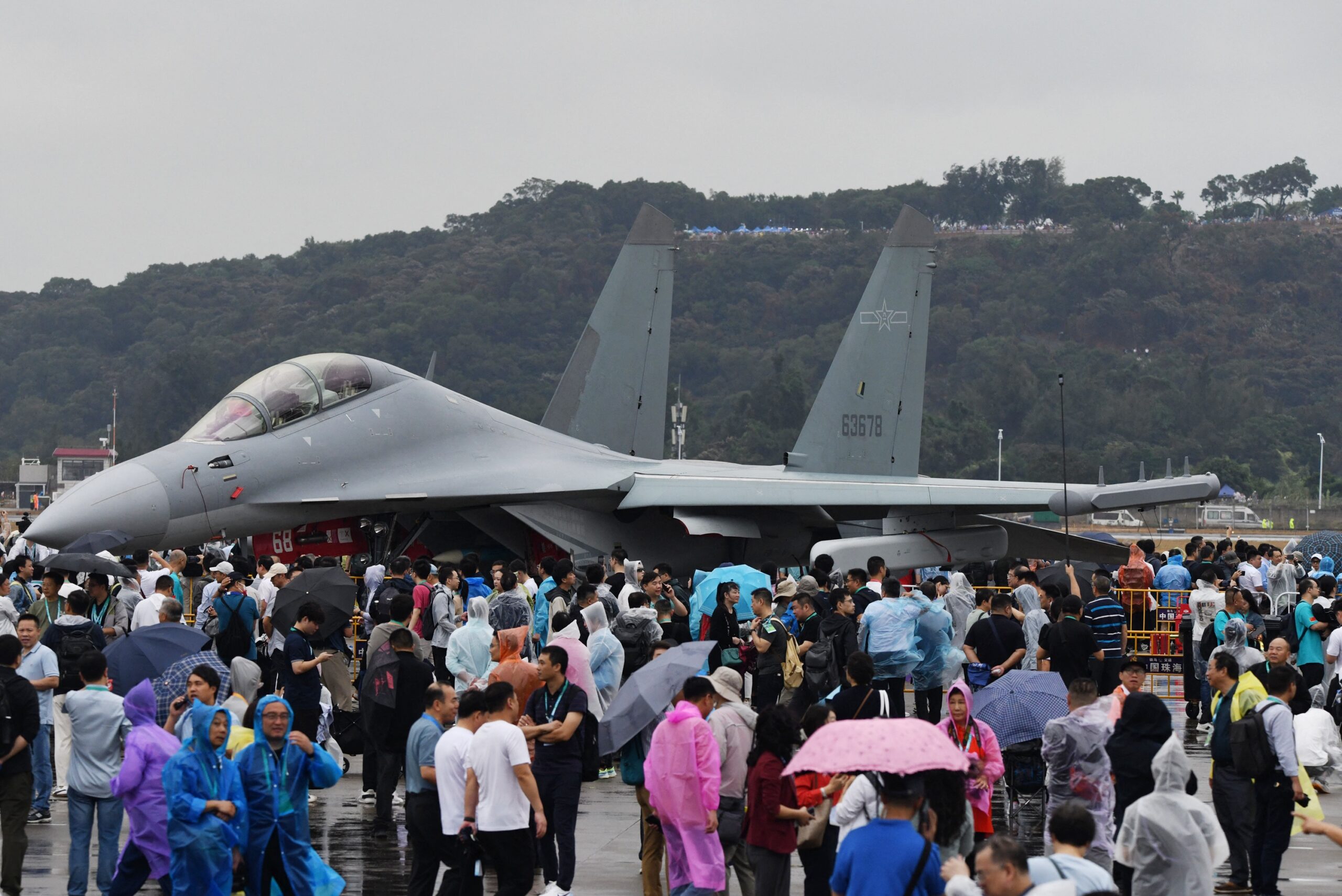China is advancing its electronic warfare (EW) capabilities significantly, presenting a formidable challenge to the United States, particularly in the event of a full-scale conflict in the Taiwan Strait. A recent report submitted to Congress by the US-China Economic and Security Review Commission (USCC) highlights these developments, emphasizing the People’s Liberation Army (PLA)’s strides in EW technology aimed at countering US military operations.
The report indicates that in a scenario involving Taiwan, the PLA anticipates that the US would deploy sophisticated unmanned vessels, drones, and advanced aircraft—equipped with cutting-edge sensors and radar systems. To counteract these technologies, the PLA has developed advanced EW systems capable of detecting, targeting, and disrupting US-made assets intended to bolster Taiwan’s defense.
According to the USCC, these technological advancements pose a significant obstacle to US forces, as they can disrupt critical data links and communications that US and allied troops rely on during military engagements. This capability to interfere with communications could severely impair operational effectiveness in a conflict situation.
The report outlines that the PLA is not merely defensive in its EW strategy; it has been investing in both offensive and defensive EW capabilities in response to the US’s growing military advancements. These investments include jamming systems that are designed to carry out non-kinetic attacks on enemy electronic systems. Furthermore, recent PLA exercises indicate preparations for effective EW operations, including an anti-jamming drill conducted in January. The report suggests that these activities have likely enhanced the PLA’s capability to operate effectively within complex electromagnetic environments.
In a broader context, earlier in the year, China’s military announced a strategic shift focusing on what it terms “intelligentized” warfare, which encompasses modernization efforts in cyber warfare, electronic warfare, and psychological operations. Even before this major restructuring, China had made considerable investments in EW technology, highlighted by the successful test of a domestically-designed EW drone in 2022.
In response to China’s advancing EW capabilities, the United States has also been proactive, reportedly investing over $5 billion in new defense systems focused on enhancing its EW efforts this year alone. As tensions rise, particularly regarding Taiwan, both countries are escalating their military preparedness, underscoring the potential for significant developments in the future of US-China relations and regional stability.













